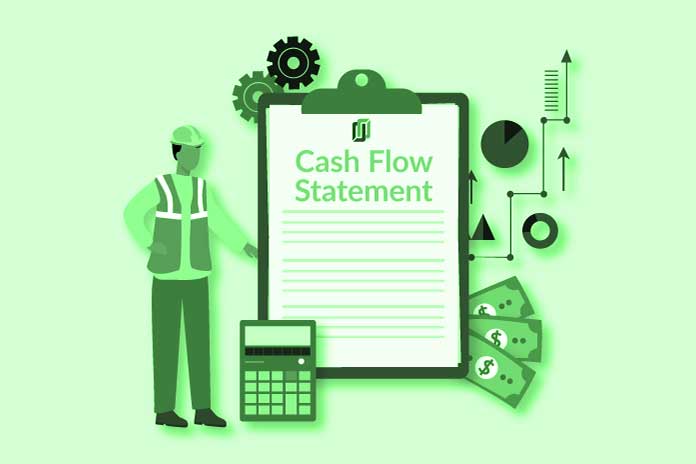Cash Flow Statement: Which Presentation To Use In The Business Plan?

The cash flow statement is an important part of the business plan. It is not the most complicated table to build, but one of the longest. Indeed, unlike most financial charts, it is easy to understand. On the other hand, its design takes a long time because it is necessary to take into account all the receipts and disbursements and make them appear in the corresponding month. Here’s how to present the cash flow statement in a business plan.
Presentation of the cash flow statement in a business plan: content
As its name suggests, the cash flow table gives details of the amounts that will appear in the company’s bank accounts at the end of each month of activity. On the one hand, it sums up all cash receipts (which increase cash flow) and, on the other, all cash payments (which decrease cash flow).
The cash flow statement only includes cash flows. The receipts and disbursements which appear therein are always retained for their amount “all taxes included” ( TTC ), regardless of the company’s situation about VAT (subject or exempt). Their difference reveals an important element: the cash flow variation.
Receipts to be presented in the cash flow statement
In general, cash receipts represent all movements of funds that will enrich the company and increase the amount that appears in its bank accounts. They mainly include turnover (therefore retained for its amount, including tax).
It also includes all the financing solutions in the broad sense of the term. They can come from partners ( capital contributions and contributions to current accounts ) and credit institutions ( loan subscription ).
Finally, all other collections, generally having insignificant amounts, are grouped in a line “Other collections”: financial income (interest), aid and subsidies, reimbursement of taxes and/or social contributions.
Disbursements to be presented in the cash flow statement
Conversely, disbursements include all flows that generate resource outflows. They create a decrease in the company’s cash flow and have various origins.
The importance of the positions varies according to the activity performed. For example, for service providers (freelance, for example), salaries and social charges generally represent the main disbursements. For trading activities, these are the purchases of goods.
Here is the nature of the expenses found in the cash flow statement disbursements: investments (fixed assets), purchases (goods, materials, supplies), overheads (administrative supplies, insurance, fees, movable and immovable rents, subcontracting, postage and telecommunications costs, etc.), salaries and social charges (for employees and managers).
The taxes payable (VAT, corporation tax, vocational training, apprenticeship tax, etc.) also appear in the cash flow statement of a business plan.
